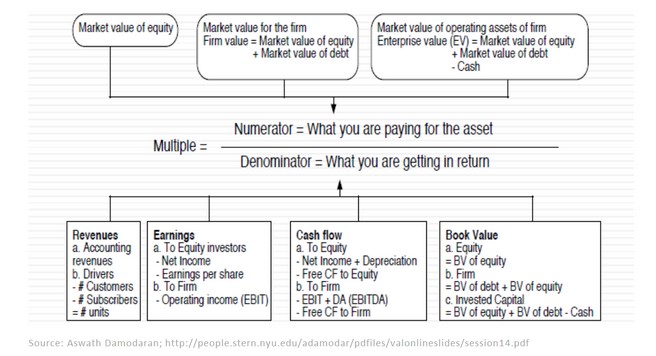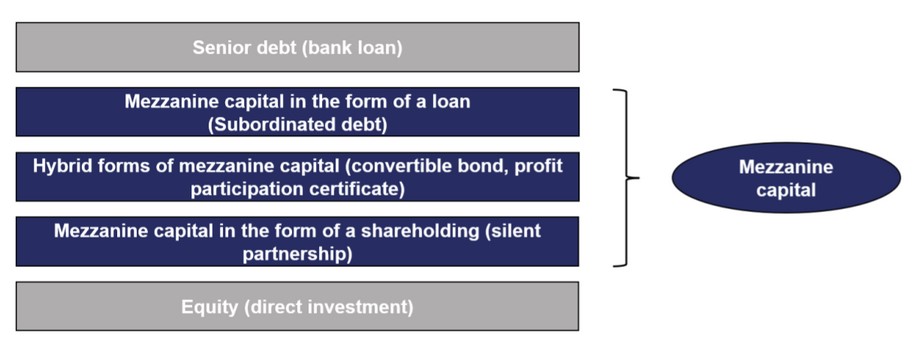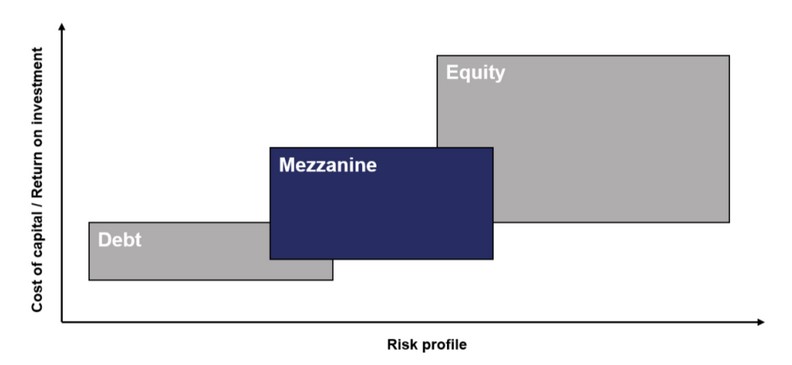
What is business goodwill?
What is goodwill?
According to businessdictionary.com the word synergy is defined as „a state in which two or more things work together in a particularly fruitful way that produces an effect greater than the sum of their individual effects “. Synergies occur in many different settings. Biological organisms living in a collaborative state is called symbiosis, a championship winning sports team is said to have chemistry and a profitable company is said to have goodwill.
M&A experts agree that goodwill exists, but only a few agree on what it really is. Unlike machinery, real estate, cash or inventory, goodwill is something that cannot be touched or seen. Goodwill is an intangible asset and reflects the synergies among all assets that produce income. When buying or selling a business enterprise, the sale price is generally higher than the sum of its parts. Goodwill represents the value of the business that is above the value of the separately identifiable, tangible assets.
How to determine goodwill?
The value of the goodwill can be estimated using the methods of regular business valuation:
· Asset Approach
· Market Approach
· Income Approach
The outcome of this calculation should be the fair market value of the business. M&A professionals or accountants typically handle business goodwill by subtracting the fair market value of the company´s tangible assets from the total business value.
A company should list the value of goodwill on its balance sheet in case of an acquisition of another company for a price higher than the recorded value of assets. Generally accepted accounting principles suggest that business goodwill should never be amortized. Management is responsible for valuing business goodwill every year and determining if an adjustment is necessary.
Why is it important?
Even tough goodwill is intangible, it is important to assess its value to ensure that a business acquirer does not overpay, or a business seller does not receive less for his company than it is actually worth. According to a study conducted by KPMG back in 2010 with the title „Intangible Assets and Goodwill “, more than half of the purchasing price of a company is typically attributed to goodwill. Goodwill has a major value for the new business owner in case of a sale or acquisition because it reduces the risk that a business profitability will decrease after it changes the owner.
What creates goodwill?
The following factors are the key drivers of a company´s goodwill and should therefore be examined and improved by every business owner:
· Brand or trade name recognition
· Employee skills and experience
· Solid customer base
· Good relationsship to reliable suppliers
· Reputation
· Company website and domain name
· Licences, patents, copyrights, trademarks
· Contracts
· Customized databases and software tools
· Trade secrets
· Developed processes
· Managerial skills and talent
· etc…
Those factors are good examples of intangible assets that make up goodwill and constitute great value drivers of a company. Buyers are usually hesitant to pay too much for goodwill because those assets cannot be seen or felt directly. Every business owner should therefore put effort into articulating and promoting the goodwill of his/her business. This will likely result in a much higher company valuation.
Author:
Simon Fabsits, MSc
Dealbridge M&A Advisors Austria & Liechtenstein





